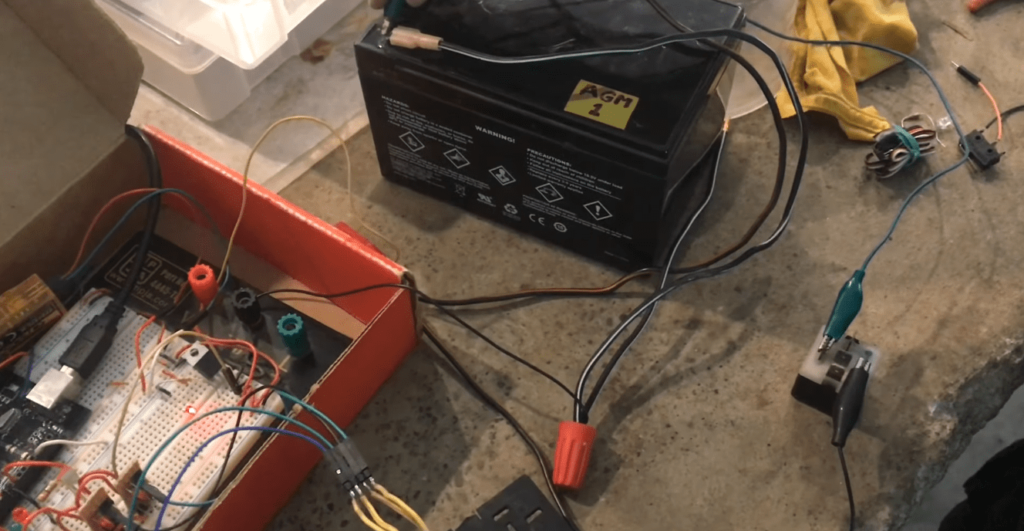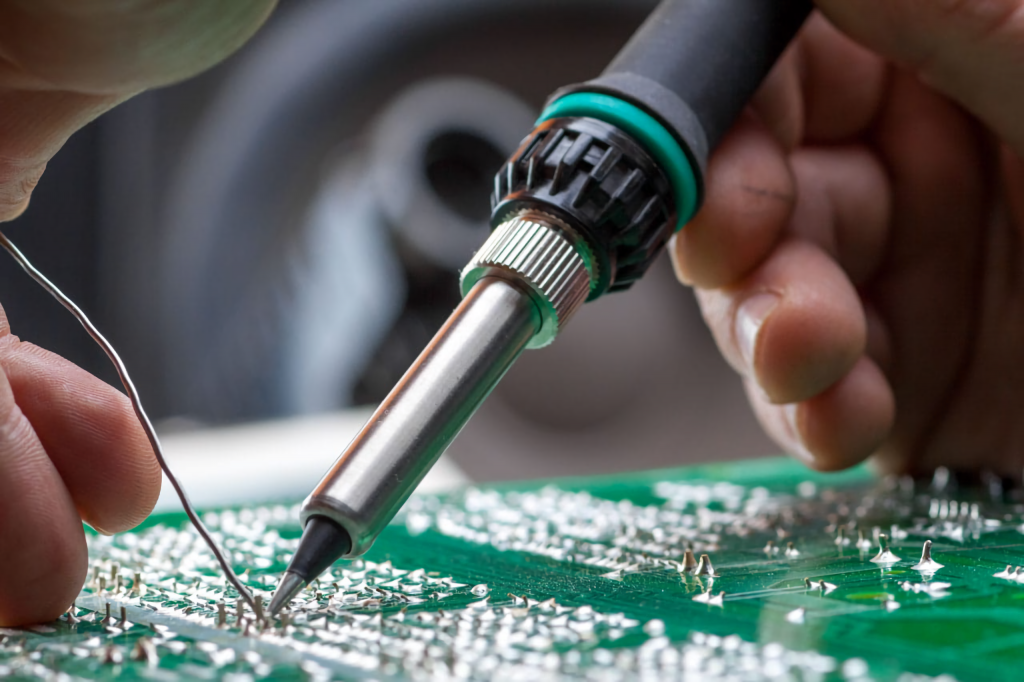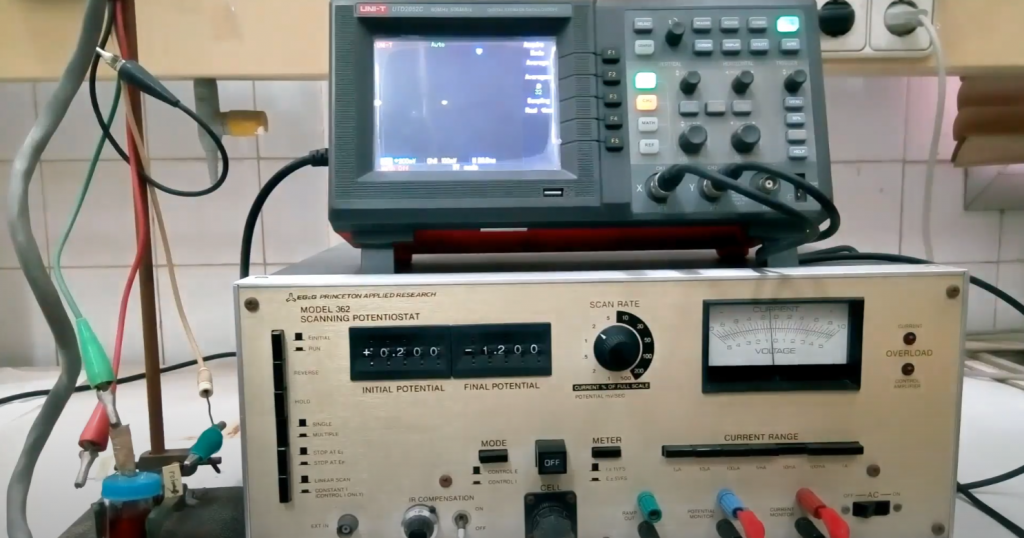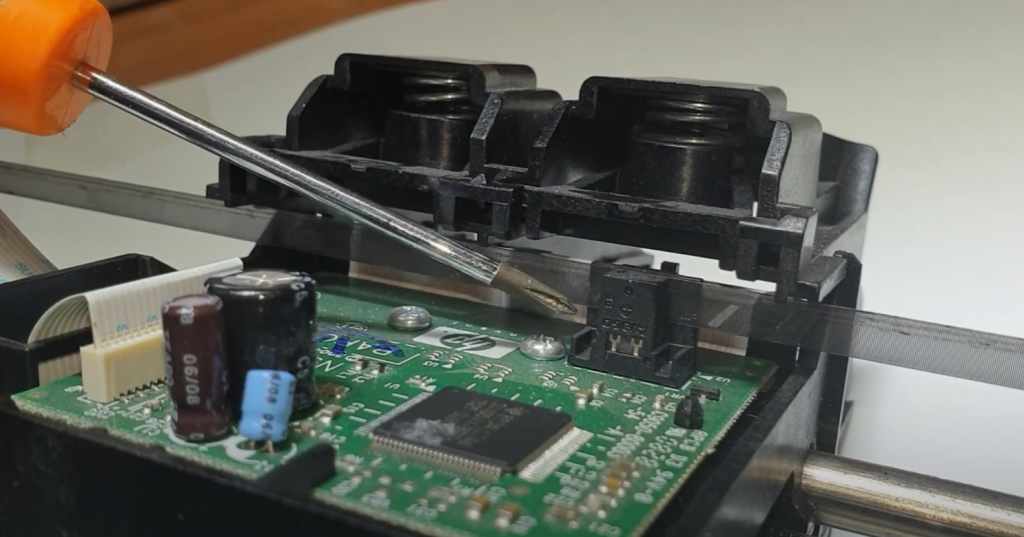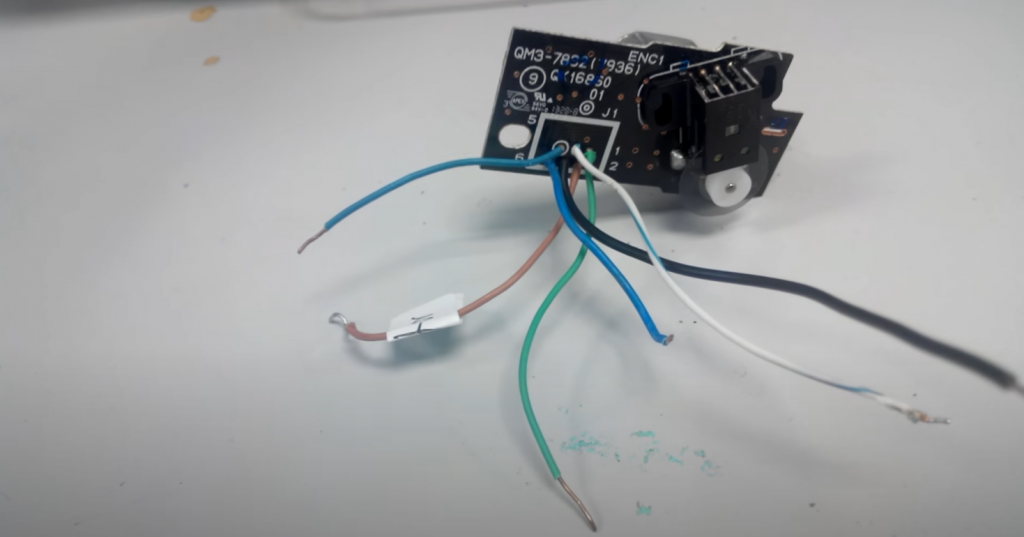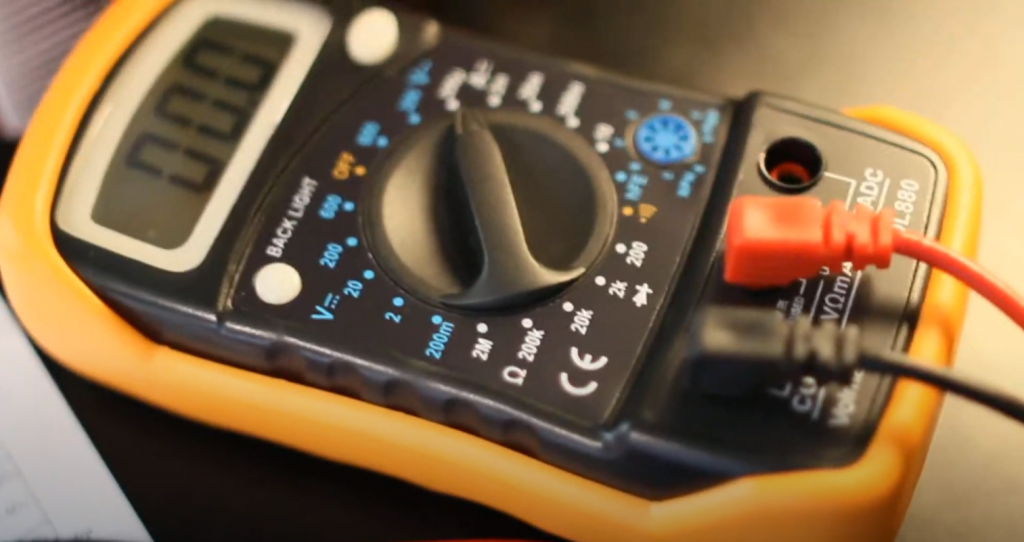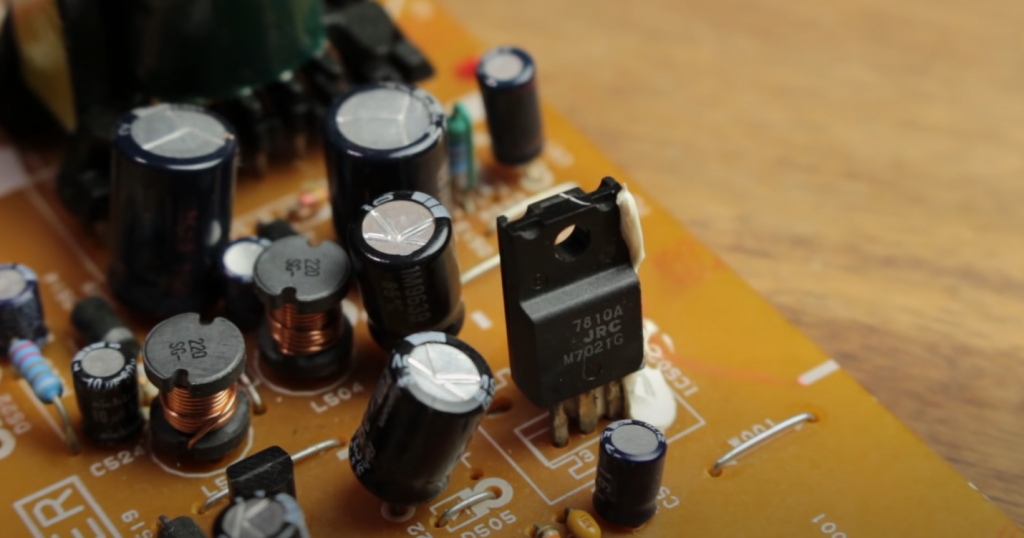Have you ever wondered why your electronic gadgets sometimes seem to perform an impromptu percussion solo, complete with clicks and clacks? If you’ve ever pondered the rhythmic mysteries of your relay’s orchestra, you’ve come to the right place!
Welcome to a symphonic exploration of “Why Is My Relay Clicking?” – a captivating blog post that will demystify the enigmatic world of relay operations. Just like a maestro conducting an ensemble, we’ll guide you through the nuances of these tiny electromechanical wonders and help you decode the mesmerizing beats they create.
Whether you’re a seasoned electronics enthusiast or a curious tech novice, this blog post promises to be an ear-pleasing and eye-opening experience. So, prepare to embark on a journey as we uncover the reasons behind those puzzling clicks and unveil the solutions to harmonize your relay’s performance. Let’s fine-tune your knowledge and bring harmony to your circuits in a crescendo of insights!
Explanation of Relay Operation
At the heart of every relay’s symphony lies the mesmerizing dance of electromagnetism. To comprehend why your relay clicks, let’s take a peek behind the curtain and explore the captivating mechanics at play.
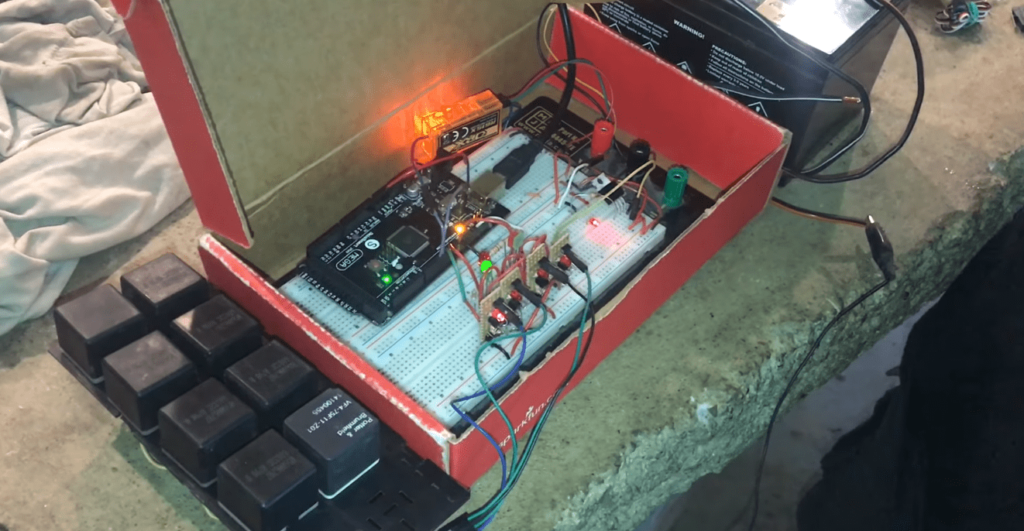
Relays, those tiny yet mighty components, act as electrical switches controlled by an electromagnet. Imagine the relay as a skilled conductor, orchestrating the flow of electrical current with precision. Here’s how it all unfolds:
- Electromagnetic Enchantment: A relay’s core magic lies in its coil, a slender conductor wrapped around an iron core. When an electric current passes through this coil, it creates a magnetic field around the core, akin to a mesmerizing magnetic aura. This transformation from electric to magnetic energy is akin to a baton-wielding conductor calling upon the orchestra to rise.
- The Harmonious Contact Duo: Synchronized with the conductor’s cues, the relay’s contacts gracefully step onto the stage. Contacts are switch-like elements positioned adjacent to the coil. Just like talented musicians awaiting their cue, these contacts eagerly await the magnetic call. Depending on the relay type, there are two main contact configurations: Normally Open (NO) and Normally Closed (NC).
- The Rhythmic Act of Switching: The contacts gracefully follow suit as the magnetic field envelops the relay’s core. In the Normally Open configuration, the magnetic force pulls the contacts together, closing the circuit and allowing the current to flow—like the climax of a grand performance. Conversely, the magnetic field holds the contacts apart in the Normally Closed configuration, maintaining the circuit’s disconnection like a gentle pause before the symphony resumes.
With this elegant ballet of electromagnetism and contact mechanics, relays elegantly bring harmony to your circuits. But as with any performance, even the most skilled conductor can encounter hiccups. These intriguing challenges manifest in clicks, leaving us to decipher the hidden messages within the relay’s rhythmic chorus.
Now that we’ve laid the groundwork for understanding the relay’s artistry let’s delve deeper into why your relay might produce those puzzling clicks. Together, we’ll decode the symphony and restore your electronic ensemble to its melodious glory!
Normal Clicking Behavior
Before we embark on the journey to uncover the reasons behind abnormal relay clicking, it’s crucial to recognize that not all clicks cause alarm. In relays, a delightful symphony of clicks often accompanies regular operations. Think of it as the natural rhythm of a well-tuned musical instrument!
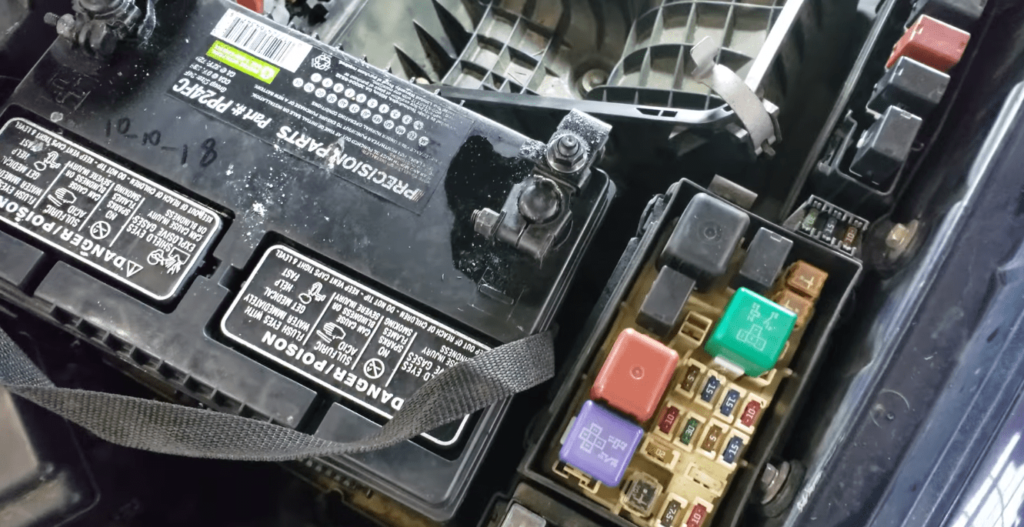
As the relay’s coil awakens with electric current, a soft click may be heard as the contacts elegantly fall into place, creating or breaking the circuit as directed. When the coil is de-energized, another gentle click marks the conclusion of their harmonious performance, releasing the contacts to their original state. These graceful clicks testify to the relay’s responsiveness, signaling it functions as designed.
In various everyday devices and systems, such melodic clicks are nothing short of commonplace. Consider the following scenarios:
- Household Appliances: When you activate your toaster, coffee maker, or microwave, the familiar clicks assure you that the relay is efficiently regulating the power flow, ensuring your morning routine starts smoothly.
- Automotive Systems: In your car, relays orchestrate various functions, such as engaging the starter motor, controlling headlights, and even managing the air conditioning system. Each click represents the symphony of operations that keep your vehicle running smoothly.
- HVAC Systems: Modern heating, ventilation, and air conditioning systems rely on relays to manage the blower motors, compressor, and thermostat, serenading you with clicks that promise comfort in your living spaces.
- Industrial Control: In large-scale industrial applications, relays work tirelessly, ensuring precise control over motors, pumps, and conveyors, all of which are accompanied by the rhythmic clicks of their operation.
Embrace these harmonious clicks as the music of functionality, a reassuring assurance that your relays perform their designated roles to perfection. As you encounter these delightful sounds in everyday life, please take a moment to appreciate the symphony of engineering, seamlessly blending electromagnetism and mechanics to keep our modern world in sync.
Now, let’s explore the nuances of abnormal clicking and how to troubleshoot the not-so-harmonious situations that might arise when relays hit a discordant note. We’ll fine-tune your understanding of relay performance, allowing you to conduct a flawless electronic ensemble.
Potential Causes of Abnormal Clicking
The first suspect on our relay-clicking investigation is often an elusive culprit – the inadequate power supply. Like an orchestra yearning for the conductor’s baton, a relay craves a steady and robust power source to perform its duties flawlessly.
When a relay lacks the power to energize its coil fully, it attempts to engage but struggles to stay latched, resulting in rapid and irregular clicking noises. This desperate plea for more power disrupts the relay’s ability to maintain a stable state, creating an unsettling symphony of clicks.
Suggested Solution:
To restore harmony to your relay’s performance, embark on a power supply reconnaissance mission:
- Verify Power Requirements: Double-check the relay’s datasheet or specifications to ensure you are providing the correct voltage and current. Mismatched power supply values can lead to the incessant clicking conundrum.
- Stability Matters: Assess the power supply’s stability and reliability. Voltage fluctuations, spikes, or dips can disrupt the delicate balance required for smooth relay operation. Consider employing voltage regulators or power conditioning techniques to ensure a constant and clean power supply.
- Double-Check Connections: Examine the connections between the power supply and the relay. Loose, corroded, or damaged connections can hinder the efficient flow of electricity, leading to clicking troubles. Secure and clean all connections to establish a strong bond between the relay and its power source.
- Current Capacity: Ensure that the power supply can deliver sufficient current to handle the relay’s coil requirements. Insufficient current capacity can lead to inadequate energization, causing those unwanted clicks.
Remember, a well-fed relay is a contented relay, ready to perform its symphony of tasks without a hint of discordant clicking. You’ll soon find the relay harmonizing with the rest of your electronic ensemble by tending to its power needs, delivering seamless and melodious operations.
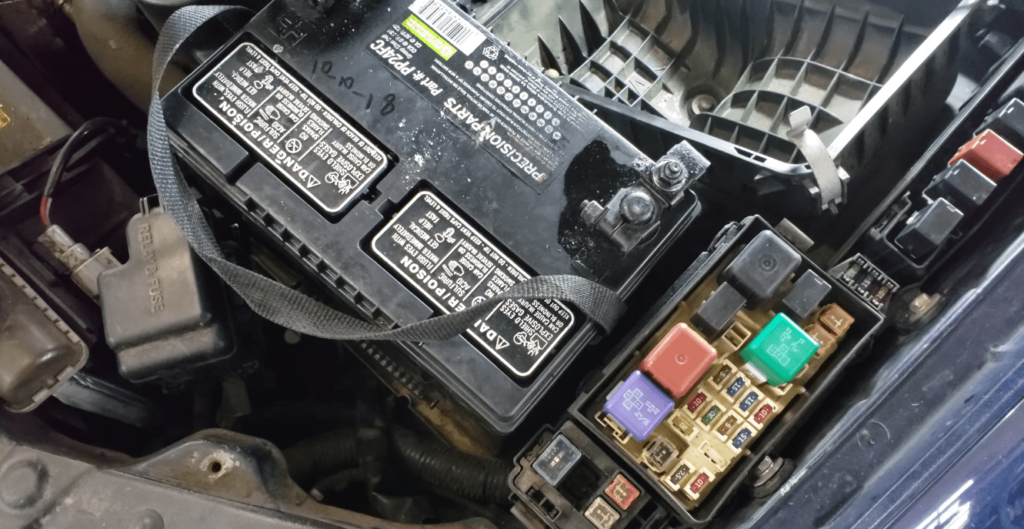
In the enthralling realm of electronic circuits, loose connections can be mischievous gremlins, wreaking havoc on the harmony of your relay’s performance. Just as a violin string needs perfect tension to produce a sweet melody, a relay requires secure connections to ensure a smooth, uninterrupted flow of electricity.
When connections between the relay and the control circuit are loose or poorly fastened, the relay’s contacts may make intermittent contact, creating sporadic clicking sounds. This erratic behavior can throw the entire ensemble off-balance, leaving you scratching your head in bewilderment.
Suggested Solution:
To eliminate the pesky gremlins of loose connections and restore symphonic unity to your relay:
- Visual Inspection: Begin with a meticulous visual inspection of all the relay’s terminals and their corresponding control circuit connections. Look for signs of corrosion, dirt, or damage that could be interfering with a secure connection.
- Tighten the Bonds: If you spot any loose connections, gently tighten them with the appropriate tools. Exercise caution not to overtighten, as this may lead to damaged components.
- Solder with Precision: In the world of electronics, soldering is an art that demands precision. If you identify any solder joints that appear cracked or weak, resolder them carefully to ensure a strong bond between the components.
- Cable Management: Neat and organized cable management not only enhances the aesthetics of your setup but also reduces the chances of accidental tugs or pulls on connections. Utilize cable ties and cable management accessories to keep everything in place.
You’ll witness a transformation in your relay’s performance by taming the mischievous gremlins of loose connections. The symphony of clicks will give way to the sweet harmony of seamless operation, leaving you to bask in the satisfaction of a well-orchestrated electronic masterpiece.
Stay tuned as we explore potential causes of abnormal relay clicking. The quest to restore your relay’s musical brilliance continues, and we’ll leave no stone unturned in our pursuit of symphonic perfection.
In the grand orchestration of electrical circuits, relays play a critical role as conductors, guiding the current flow to its intended destination. However, just like an orchestra performing beyond its capacity, overloading a relay can lead to a jarring cacophony of clicks.
When a relay handles a load that exceeds its rated capacity, it struggles to cope with the demanding performance. The resulting clicks may be rapid and unsettling, akin to the sound of instruments strained under excessive pressure.
Suggested Solution:
To prevent overloading from causing a discordant performance, consider the following steps:
- Understand Load Requirements: Ensure you clearly understand the load’s voltage, current, and power requirements. Refer to the relay’s datasheet to confirm its maximum load capacity.
- Choose the Right Relay: Select a relay that matches or exceeds the load requirements. Opting for a higher current rating relay can provide a safety margin and prevent overloading.
- Utilize Contact Protection: When switching high inductive or capacitive loads, consider implementing snubber circuits or other contact protection methods. These techniques can reduce arcing and extend the relay’s lifespan.
- Distribute the Load: If your system demands handling high currents, consider using multiple relays in parallel or employing contractors to share the load across multiple switches.
By meticulously managing the relay’s load and ensuring it is matched to its capabilities, you’ll avoid the dissonance of overloading. Your relay will conduct the electrical symphony with finesse, orchestrating a melodious flow of current without a hint of strain.
As we approach the grand finale of our relay-clicking exploration, let’s continue our quest to unearth potential causes and solutions. Stay tuned for the crescendo of insights that will enable you to troubleshoot any clicking irregularities, culminating in a harmonious and faultless performance.
As our relay-clicking saga reaches its crescendo, let’s focus on the heart of the relay’s magnetic symphony – its coil. Like a virtuoso performer, this vital component converts electrical energy into a captivating magnetic force. However, the once-melodious clicking might turn into a dissonant chorus when the coil encounters performance challenges.
Several coil-related issues can lead to abnormal clicking sounds and disrupt the harmony of your relay’s operation:
- Short Circuits: If the coil experiences a short circuit, an unintended pathway forms for the current, diverting it from its intended course. The resulting electromagnetic turbulence can lead to rapid and erratic clicking as the relay struggles to find stability.
- Open Circuits: On the opposite end of the spectrum, an open circuit in the coil hinders the current flow, leaving the relay unable to energize and causing it to remain inoperative or emitting intermittent clicking noises.
- Coil Damage: Physical damage, such as coil wire breakage or insulation failure, can introduce undesirable impedance variations. The coil’s magnetic allure diminishes, leading to a chaotic symphony of clicks.
Suggested Solution:
To mend the coil’s melodious performance and banish the dissonance from your relay:
- Visual Inspection: Examine the coil carefully for any visible signs of damage or irregularities. Look for burnt or broken wires, loose connections, or signs of overheating.
- Test for Continuity: Use a multimeter to check for continuity across the coil terminals. A reading of zero ohms indicates a short circuit, while an infinite reading suggests an open circuit.
- Replace the Coil: If you detect any coil-related issues, consider replacing the faulty coil with a new one that matches the relay’s specifications. Remember to handle the coil with care during installation.
- Insulation Check: Ensure that the coil’s insulation is intact and not compromised. If needed, apply appropriate insulation materials to safeguard against short circuits.
Addressing coil-related concerns and restoring the coil’s magnetic prowess bring harmony to your relay’s performance. The once-conflicted clicks will fade away, leaving your electronic ensemble in perfect unison.
As our relay-clicking symphony reaches its final movements, we approach the grand finale. Join us in the concluding segment, where we shall unveil the last remaining causes of abnormal relay clicking and present the orchestration of solutions to keep your electronic masterpiece playing flawlessly.
FAQ
Why is my relay clicking rapidly and repeatedly?
Rapid and repeated clicking in a relay could indicate an inadequate power supply, causing the relay to engage and disengage rapidly. Verify the power source and ensure it meets the relay’s requirements.
My relay clicks but doesn’t seem to function properly. What’s wrong?
If your relay clicks but fails to control the load effectively, loose connections could be the culprit. Check all wiring and terminals for secure connections to resolve the issue.
Can overloading cause my relay to click irregularly?
Yes, overloading a relay beyond its rated capacity can lead to irregular clicking. The relay may struggle to manage the load, resulting in unsettling clicking sounds. Ensure your relay is appropriately sized for the load it’s handling.
Why does my relay emit clicking noises even when the load is stable?
Mechanical wear and tear over time can lead to relay clicking, even under normal load conditions. Regular maintenance or replacement may be necessary to address this issue.
My relay clicks during startup and shutdown. Is this normal?
Yes, it’s quite normal for relays to click when energized or de-energized, especially during startup and shutdown sequences. These clicks signify the relay’s proper functioning.
Could an issue with the relay’s coil cause clicking sounds?
Yes, coil issues such as short circuits or open circuits can lead to clicking noises. A damaged coil can disrupt the relay’s magnetic operation, resulting in erratic clicking.
What’s the role of voltage spikes in relay clicking?
Voltage spikes during switching operations can lead to arcing between the relay contacts, producing clicking sounds. Using snubber circuits or contact protection methods can mitigate this issue.
Can I fix relay clicking by simply replacing the coil?
Replacing a faulty coil can certainly resolve clicking issues related to coil problems. However, it’s essential to ensure that the new coil matches the relay’s specifications and is installed correctly.
My relay clicks during normal operation. Should I be concerned?
Clicking during normal operation is typically expected and not a cause for concern. Relays often produce clicks when energized or de-energized, signaling their functioning.
How do I troubleshoot relay clicking if none of the above issues apply?
If you’ve ruled out power supply, connections, overloading, and coil problems, consider examining the relay’s datasheet for additional insights. Consulting an electronics professional may help diagnose less common issues.
Related Video: Yamaha Trim Tilt Relay Clicking – How to Troubleshoot
Final Words
In the enchanting world of electronics, the symphony of relay clicking often holds secrets waiting to be unraveled. Throughout this journey, we’ve delved into the captivating mechanics of relays, exploring their captivating dance of electromagnetism and understanding the role of coils and contacts that compose their harmonious melodies.
We’ve learned that not all clicks are cause for alarm; many relays are designed to click during their normal operation, signaling their responsiveness and functionality. From household appliances to automotive systems, these clicks are the hallmark of a well-orchestrated electrical ensemble.
However, when the clicks turn dissonant, it’s a call to action. We’ve deciphered the potential causes behind abnormal relay clicking: from insufficient power supply and loose connections to overloading and coil complications. Armed with this knowledge, you now possess the tools to troubleshoot and restore harmony to your electronic symphony. If you want to read something related, check my Arduino Relay tutorial.
Remember, addressing relay-clicking issues promptly is crucial. Ignoring these subtle cues could lead to bigger problems down the road, potentially damaging your devices or systems. Applying the diagnostic steps and solutions we’ve explored allows you to keep your electronic orchestration running seamlessly and efficiently.
In the ever-evolving world of technology, a deep understanding of relay clicking can save you time, money and prevent unnecessary headaches. Just as a conductor guides an orchestra to perform in perfect unison, your mastery of relay dynamics will lead to a melodious and flawless performance in your electronic compositions.
As you venture forth, confident in your ability to tame the relay’s rhythmic quirks, may your electronic symphonies play on harmoniously, producing a melody of efficiency, reliability, and innovation.

